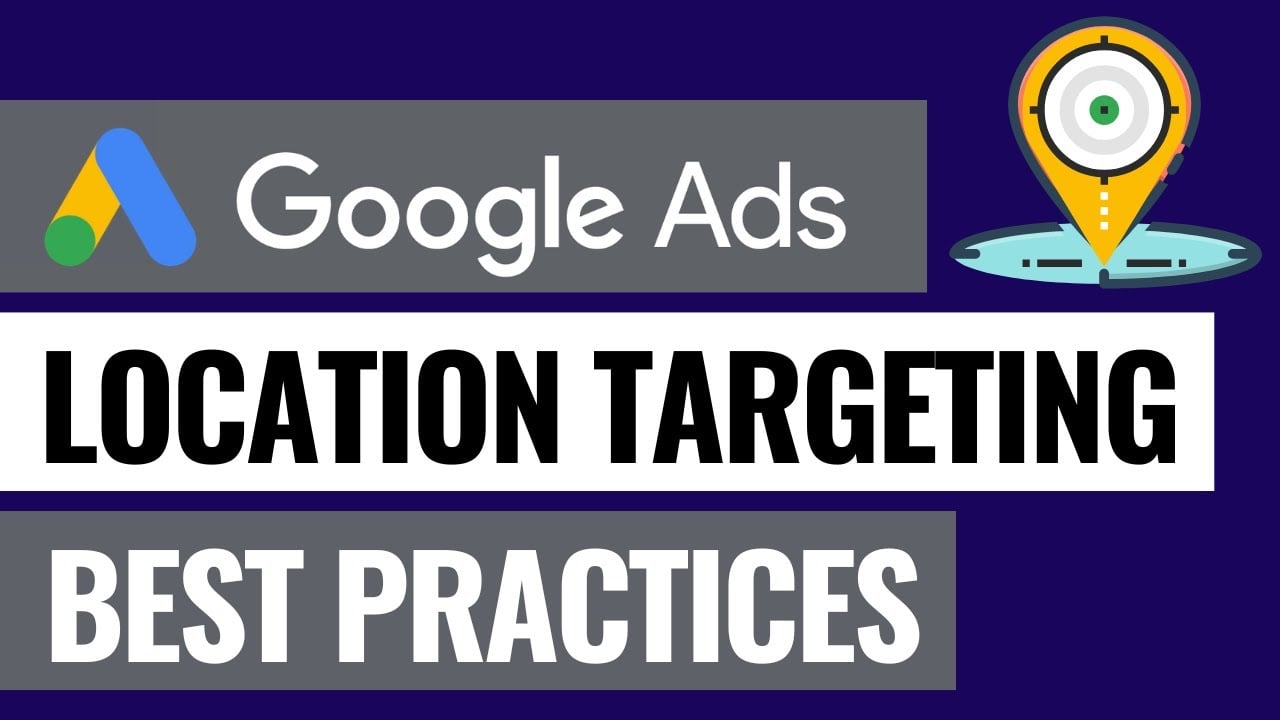In the vast realm of online marketing, success lies in reaching the right people, at the right time, with the right message. But how can you ensure your content resonates with individuals from different corners of the world? Enter geo-targeting, a powerful strategy that unlocks the true potential of personalized marketing. By leveraging the magic of IP addresses, Wi-Fi data, and GPS technology, geo-targeting enables marketers to deliver location-specific content to website users. Imagine captivating your audience with tailored information that speaks directly to their needs and preferences. Join us as we delve deeper into the world of geo-targeted traffic and discover how it can revolutionize your online marketing efforts.
Table of Contents
targetedgeo targeted traffic
Geo-targeted traffic refers to the practice of delivering location-specific content to website users. This strategy uses various methods such as IP addresses, Wi-Fi, and GPS data to determine a user’s location, allowing for the provision of personalized and relevant content. The purpose of geo-targeting is to increase conversions by tailoring the user experience to specific locations. It can be applied to search engine results pages and on-site content, and can involve testing different approaches such as language and currency customization, as well as targeting specific locations foradvertising campaigns. Overall, geo-targeting is a valuable tool in internet marketing, advertising, SEO, and social media, enabling companies to reach their target audience effectively and improve marketing outcomes.
Key Points:
- Geo-targeting delivers location-specific content to website users.
- It uses methods like IP addresses, Wi-Fi, and GPS data to determine the user’s location.
- The purpose is to provide personalized and relevant content, increasing conversions.
- Geo-targeting can be applied to search engine results pages and on-site content.
- Testing different approaches, such as language and currency customization, can improve conversion rates.
- Geo-targeting is a valuable tool in internet marketing, advertising, SEO, and social media.
Sources
https://neilpatel.com/blog/geo-targeting/
https://diib.com/learn/what-is-geo-targeting/
https://jt.org/the-ultimate-guide-to-geo-targeting-how-to-use-geo-targeting-to-drive-conversions/
https://geotargetly.com/
Check this out:
💡 Pro Tips:
1. Use location-specific keywords: When optimizing your website or advertising campaigns, include location-specific keywords to attract geo-targeted traffic. For example, if you own a restaurant in New York City, include keywords like “best restaurant in NYC” to attract local customers.
2. Tailor your content to local preferences: Research the cultural expectations and preferences of your target audience in different locations. Customize your content to align with their tastes and interests to increase engagement and conversions.
3. Leverage local influencers: Collaborate with popular influencers in specific locations to promote your brand or products. Local influencers have a strong influence over their audience and can help drive geo-targeted traffic to your website or social media profiles.
4. Optimize your website for mobile devices: Mobile devices are often used on the go, making them the perfect platform for geo-targeting. Ensure your website is mobile-friendly and optimize it for fast loading speeds to provide a seamless user experience for users accessing your site from different locations.
5. Utilize location-based advertising platforms: Platforms like Google Ads and Facebook Ads offer geotargeting options that allow you to display your ads specifically to users in certain geographic regions. Take advantage of these tools to reach your ideal audience in the targeted locations.
How To Increase Website Traffic With Geo-Targeting
Geo-targeting is a powerful strategy that can help businesses effectively increase website traffic. By delivering location-specific content to website users, businesses can provide a more personalized and relevant experience, which ultimately leads to higher conversions. There are several methods to implement geo-targeting, such as using IP addresses, Wi-Fi data, or GPS data to determine a user’s location. This valuable information allows businesses to tailor their content and advertising campaigns to specific geographic locations.
One effective way to increase website traffic through geo-targeting is by experimenting with different languages, currencies, and cultural expectations. By localizing content, businesses can appeal to a wider audience and make their website more accessible to users from different regions. This approach personalizes the user experience and creates a sense of familiarity, which can significantly improve conversion rates.
Another strategy is to target specific locations for advertising campaigns. By honing in on regions where a business’s target audience is most likely located, companies can allocate their resources effectively and drive more traffic to their website. This targeted approach ensures that marketing efforts are not wasted on areas where the target audience is less likely to be present.
Benefits Of Geo-Targeted Traffic For Your Business
Implementing geo-targeting techniques for your business offers numerous benefits that can positively impact your online marketing efforts. Firstly, geo-targeting allows for personalized content marketing. By tailoring your content to the specific needs and preferences of users in different locations, you can create a more engaging experience that resonates with your target audience. This personalized approach builds trust and increases the chances of conversion.
Additionally, geo-targeting enables businesses to reach a specific demographic effectively. By focusing on specific geographic regions, you can tailor your marketing campaigns to better suit the interests and preferences of users in those areas. This targeted approach increases the relevance of your content and advertising, resulting in higher conversion rates and a more efficient use of resources.
Moreover, geo-targeting saves time and improves user experience. By delivering location-specific content, users can quickly find the information they are looking for. This enhanced service speed translates into a better overall experience, which leads to increased customer satisfaction and loyalty.
Effective Strategies For Getting Geo-Targeted Traffic
To drive more geo-targeted traffic to your website, it is crucial to employ effective strategies that maximize your online marketing efforts. One of the key factors to consider is localization. By localizing your website content, you can ensure that it resonates with users in specific regions. This can include using local language, incorporating cultural references, and adapting your offerings to match local preferences.
Currency is another important factor in geo-targeting. By displaying prices in the local currency, you eliminate friction and provide a seamless experience for users. This small adjustment makes it easier for potential customers to understand the value of your products or services and increases the chances of conversion.
Localized offers are also a powerful strategy for attracting geo-targeted traffic. By offering exclusive deals or promotions to users in specific regions, you create a sense of urgency and encourage users to take action. This can significantly increase traffic to your website as users are enticed by the opportunity to grab a special offer available only to them.
Matching your paid marketing campaigns with your geo-targeting efforts is essential. By optimizing your paid advertisements to target specific regions, you can ensure that your messaging is aligned with your geo-targeted website content. This cohesive approach reinforces the relevance and consistency of your marketing efforts, leading to higher conversion rates.
Visual elements play a significant role in geo-targeting as well. By incorporating images or videos that reflect the local culture and scenery, you can establish an emotional connection with users in specific regions. This visually appealing content captures users’ attention and encourages them to explore your website further.
Testing different approaches with geo-targeting is crucial to find the most effective strategies for your business. Experimenting with different languages, currencies, cultural references, and localized offers provides valuable insights into what resonates with your target audience. By continuously refining and optimizing your geo-targeted traffic strategies, you can improve conversion rates and achieve better marketing outcomes.
Geo-Targeting: Boosting Website Traffic And Conversions
Geo-targeting is a game-changer for businesses looking to boost website traffic and increase conversions. By delivering location-specific content, businesses can provide a more personalized experience that resonates with their target audience. This targeted approach increases the relevance of the content and advertising campaigns, resulting in higher conversion rates and improved marketing outcomes.
The key to achieving success with geo-targeted traffic techniques is to understand your target audience and their preferences. By knowing where your potential customers are located, you can allocate your resources effectively and tailor your marketing efforts to reach them. This targeted approach ensures that your content and advertising are seen by the right people, which significantly improves the chances of conversion.
Maximizing return on investment (ROI) is another significant advantage of geo-targeted traffic generation. By targeting specific geographic regions, businesses can focus their marketing efforts on areas where their target audience is most likely to be present. This strategic allocation of resources ensures that marketing budgets are utilized efficiently, resulting in higher ROI and overall business success.
Geo-targeting also plays a crucial role in product and market development. By understanding the needs and preferences of users in different regions, businesses can adapt their offerings to cater to specific markets. This market-centric approach allows for better product-market fit and increases the chances of success in new geographic areas.
Geo-fencing, the practice of creating virtual boundaries for targeted marketing purposes, is another effective strategy for reaching a target audience and improving marketing outcomes. By setting up virtual perimeters based on users’ location, businesses can deliver personalized content and advertising specifically tailored to users within those boundaries. This hyper-targeted approach ensures that marketing efforts are not wasted on users outside of the target area, resulting in more effective lead generation and higher conversion rates.
In conclusion, geo-targeted traffic is an essential element of effective online marketing. By implementing targeted strategies and experimenting with different approaches, businesses can drive more traffic to their website and increase conversions. The benefits of geo-targeting, such as personalized content marketing, reaching a specific demographic, and local relevance, make it a game-changer for businesses seeking to maximize their online presence. By leveraging geo-targeted traffic techniques, businesses can achieve better marketing outcomes, improve ROI, and ultimately, boost their bottom line.












